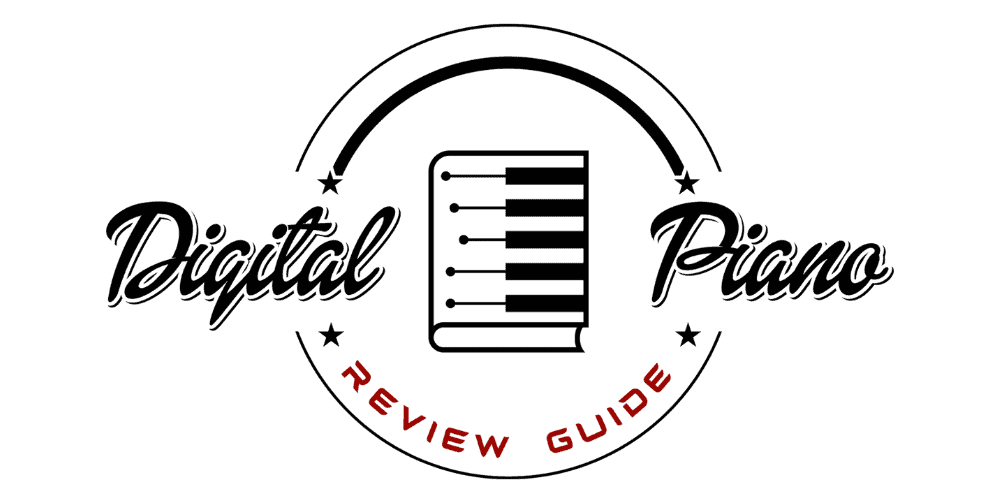Story & Clark Piano Value – What’s Your Piano Worth?

There are various elements that go into determining the worth of a piano. And, whether you’re looking to buy an old piano (or sell one), you definitely want to know its true worth.
That’s why, in this article decided to assessing a Story and Clark piano’s value, I’ll dive into what you need to know about estimating a piano’s worth, and specifically what you can expect to sell (or buy) an old school Story and Clark Piano for.
Story & Clark Piano Value
If you’re trying to appraise a piano yourself, one of the best resources you have is looking at similar pianos to the one you own, and seeing how they have fared on the market. It’s very useful to compare your piano to a piano on the market that is the same product and in similar condition (or, at least reasonably close).
Let’s first start on the lower end of sales and estimated value. First, places like estate sales are always a good way to find cheap pianos, even acoustic ones, because the estate is probably looking to offload as many huge items as possible. On top of that, a piano is a massive instrument, so it has to be picked up by the buyer. In order to get something like a Story and Clark piano, you not only have to have time on your hands, but the means to get the piano and bring it back home.
So, at a place like Companies Estate Sales, a Story and Clark piano sold for just $20.00. It wasn’t much better over at K-Bid Online Auctions, where a Story and Clark Spinet sold for $54.00.
However, on a site like Piano Mart, a seller is hoping to sell his or her Satin Walnut Story and Clark piano for $350.00. And over at Alamo Music, a Story and Clark piano that’s stated to be in “very good condition,” its selling price is of $850.
- You Might Also Like: Lester Piano Value
How Can I Determine the Worth of My Piano?
The first question you might be wondering is this: can I personally determine the value of a piano? Well, sure, I guess you can do it yourself, if you’re confident in your ability to research statistics and compare prices to pianos currently on the market. But an easier method might just be to hire a professional, so you can have it professionally appraised by an expert or long-time pianist.
An appraisal is usually done in-home and is an appointment through which a professional inspects the piano to confirm the brand, product type, condition, age (and associated depreciation), and any other factors that may affect its value.
While an appraisal is and excellent and valid option for determining the worth of your piano, whatever the brand, I highly recommend that you supplement the appraisal with your own research. While most appraisers are going to be fair and honest, there are unfortunately those who would give a lower figure, especially if they’re a potential buyer.
- You Might Also Like: Wurlitzer Piano Value
How Does the Value of My Piano Change?
An appraiser’s job is, loosely defined, to figure out how your piano’s value has changed since its original manufacture date. They may start with a baseline—whatever it was worth coming right out of the factory—and go down from there. A piano’s worth is affected by many things, including its age, condition, product popularity, and more.
Generally, a piano’s value can only go down once it’s been sold, unless it’s restored (a process that usually costs thousands of dollars and seeks to restore a piano to the condition it was in when it was sold, in both appearance and performance capability).
This is the concept of depreciation (in which a product automatically loses value the older it gets) and is also influenced by any damage that may occur. Regular wear and tear and any cosmetic damage (scratches or nicks that don’t affect the sound) won’t be nearly as costly as a major injury to the equipment that affects the sound of the piano (the strings, the keys, the pedals, etc.).
To appraise your piano yourself, you probably need to have at least a basic knowledge of how the parts of a piano work and what parts affect the actual sound produced. This will help you determine which damages are the most costly.
It’s also very important to determine the age of your piano, which you can do with the serial number. A piano’s serial number is (or should be) on every piano, but sometimes, they’re difficult to find. If you can’t find it on the outside body of the piano, try lifting the lid and looking on the inside near the top, or towards the very bottom of the outside body of the piano.
The age will tell you approximately how much the piano has depreciated over time, and give you a baseline from which to subtract the value lost from any damage, which should give you an approximate current value.
For a Story and Clark piano that hasn’t been restored, it should be worth anywhere from about $50.00 to several hundred dollars, but we can take a look at some more specific figures in the next section.
- You Might Also Like: Chickering Piano Value
Conclusion
The Story and Clark piano brand has a rich history, and their pianos have withstood the test of time. And thankfully, because a lot of piano owners tend to take pretty good care of their instruments, these pianos manage to remain in pretty good condition—even today.
So, now that you know how to assess a Story and Clark piano value to its fullest, it’s time to go a little online shopping and see if there are any other pianos on the marketplace that are worthy of your time and money.
- You Might Also Enjoy: Kimball Piano Value






